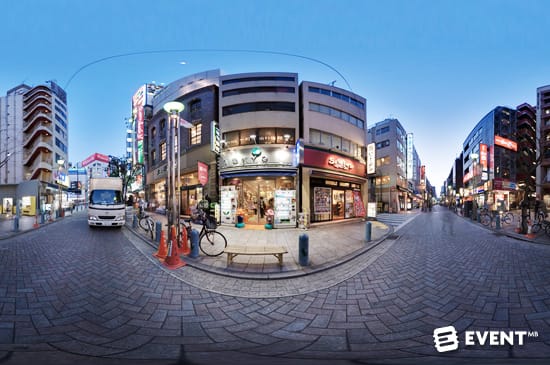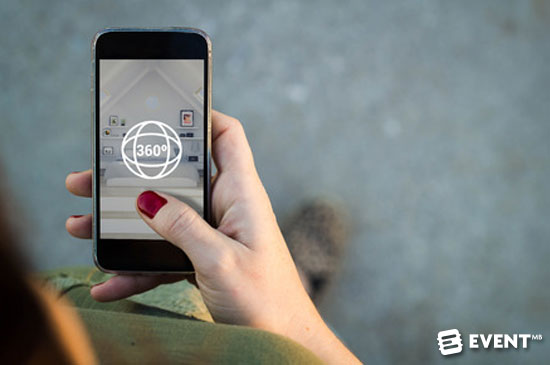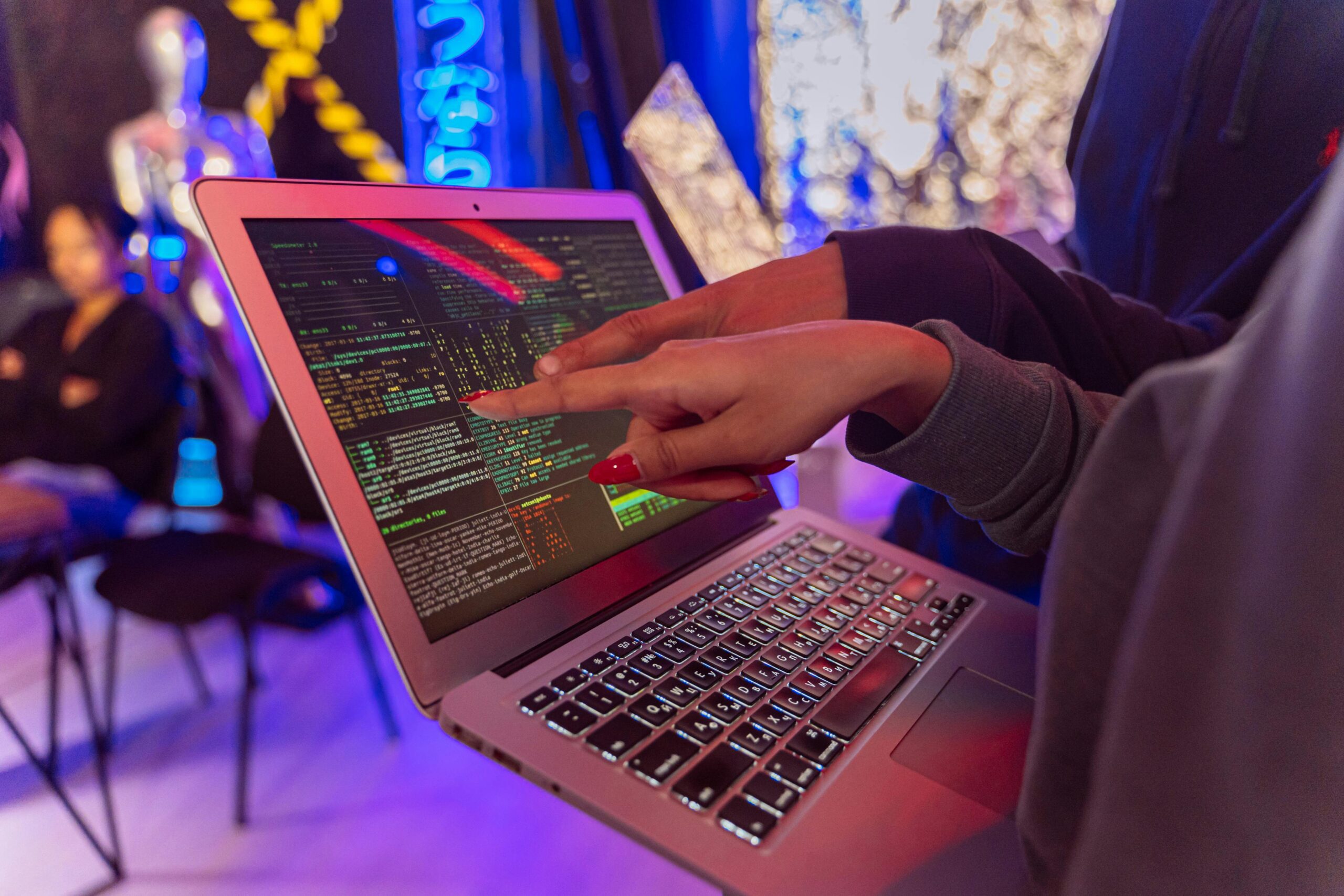How 360° Live Video is Paving the Way for Virtual Reality at Events

The ability to interact with offline and online environments is surely one of the most exciting trends for 2017. Mixed reality is sexy; it makes us feel less “futurists” and more “event technologists”.
Lately, it seems that Virtual Reality is getting all the credit for a silent revolution, pulled by an often neglected tech: 360° live video.
What is 360° Live Video?
You may have experienced 360° video on Facebook, Twitter or Youtube. It is a live video produced by specialized cameras. It renders a 360° view of what is happening, resulting in a much more immersive experience.
It can be viewed on any computer or device. You can peek around yourself by moving your mobile around or by swiping in all directions.
VR vs 360° Live Video
The first fundamental difference is that there is no interaction in 360° video. You just experience a stream of content as you would by watching TV. The experience though becomes more immersive when you are using goggles to look at the feed.
In VR, you can interact in a virtual environment. Wonder around, move, sometimes touch things.
The second crucial difference revolves around the devices used to consume VR or 360°.
VR requires a very powerful computing potential. Your phone alone is not going to be enough (or it will but at very low resolution). In most cases, even with the quite expensive Oculus Rift, you need a computer (not Macs by the way) with advance graphic cards to use it.
With 360° live video, you don’t need any equipment, your current phone or PC will do and it happens on major social networks.
If you want to read more, this is a great start.
The Impact on Events
Talking with Neil Mandt of MandtVR, at the forefront of production of live 360-degree video, I got a full picture of how this technology is changing the way we consume events and how it is paving the way for full VR consumption.
Full VR is still very niche. There are substantial barriers to entry for the average Joe and Jane. Equipment is one of them. On the production side, our strained budgets will have to deal with the need to create virtual environments. While I can see that immediately happening for Gaming conventions, times are not mature for the rest of the event industry.
360-degree video requires a specific camera, and that’s it. At least on paper. As Neil explained, you don’t just whack a camera on the floor and you are done. The same effort in making sure attendees have a great experience offline applies to online.
Such technology is incredibly powerful in sport where companies such as NextVR are making waves with an 180° live video on steroids.
If you work in the meetings industry, I can see your eyebrows raising very quickly. Bring ’em down as I think high profile conferences can start experimenting in mixed reality right now. See what Neil did at the Forbes 30 under 30 Conference.
The Future
Interacting with fellow attendees live in virtual environments is a massive answer that VR gives to the eternal question, how can I attend if I can’t make it in person?
For years we have struggled with poor feeds and crappy cameras giving us somewhat flat experiences. Live 360-degree video is now supported by all the main streaming services on social networks. It is the most accessible and practical way to experience an event live.
With the help of cheap goggles, we can experience deep levels of immersion with what is being presented or performed. However, the interaction piece is missing. We evaluate events, especially when education or networking are the primary objectives, as a result of interaction. Taking interaction out of the picture will not lead to significant results.
That is why 360° live video is the perfect antipasto while we wait for the main entrée, full, accessible VR for everyone.
360° live feeds can power mixed reality experiences. If you are creative and love production, the possibilities are endless.
In Conclusion
While we wait for full VR capability for live events, where virtual environments made of interaction are created, live 360° video is the perfect Immersive Experience 101 every event planner should evaluate for their event.
Your questions should be, as always, does it matter for my audience? Is it valuable to remote attendees? Does it help the bottom line? Can I implement live 360 videos without disrupting my event?








